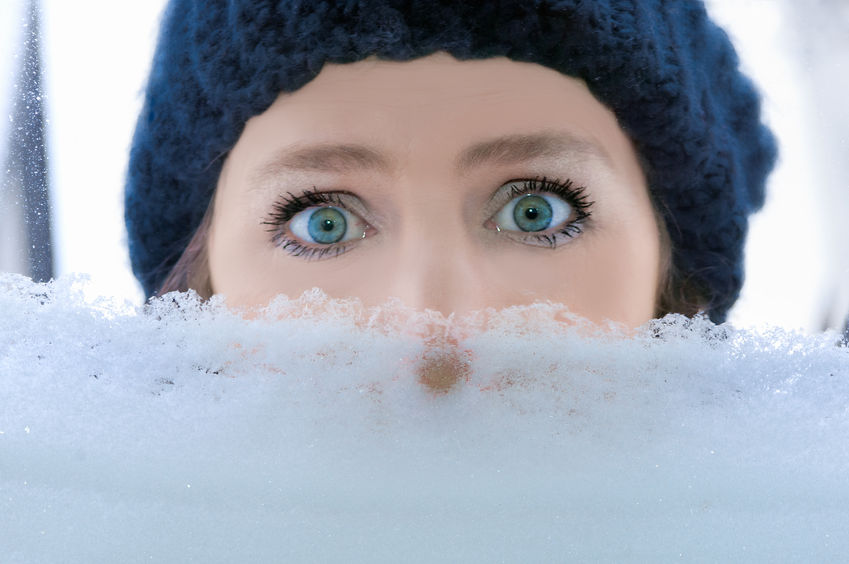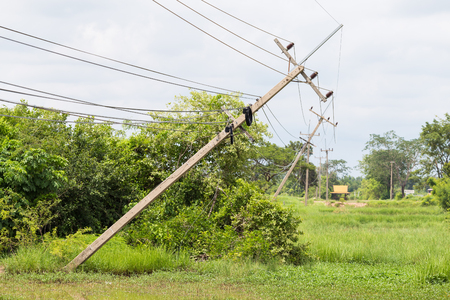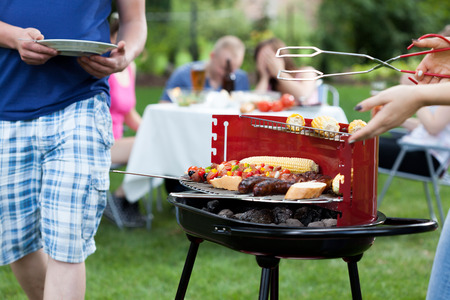Since your house may get covered in snow and ice, you want to be sure that the severe weather isn’t going to breach the inside, nor leave behind lasting damage that will have to be repaired. Although you can’t prevent any and all kinds of problems from occurring, you can avoid many common issues that plague homeowners this time of year.
When it comes to protecting your home from the harsh winter weather, your primary goal is to make sure that the cold stays outside where it belongs. Also, you want to keep an eye on parts of your home that are exposed to the elements, including the roof, windows, and gutters.
Keep in mind that this list is not comprehensive, but it should give you an idea of what to think about to get your home ready this winter.
Clean Your Gutters
If leaves and water are sitting in your gutters during the cold season, they could freeze over and cause damage to the gutter itself. In addition, if they get too heavy from an abundance of ice and snow, they could buckle and damage your roof in the process.
Overall, you want to keep them as clear as possible so that when the snows arrive, they aren’t adding to a bunch of gunk that is already there. One thing to remember is that it’s best to wait until there are no more leaves dropping so that you only have to do this once.
Repair Cracks
As water freezes inside these cracks, the ice will expand, widening and deepening the damage. Over time, a little break can turn into a fault line, which can put your home at risk. Ideally, you will work on cracks on both the pavement surrounding your home as well as any masonry that is on the outside (i.e., the chimney).
If your foundation is starting to crack, it’s imperative that you patch it up ASAP. If you let it go too long, then it could spell disaster for your house and lead to significant damage.
Inspect Your Heating System
Depending on where you live, you likely don’t have to use your heater until the weather gets colder. This means that it sits unused for months on end, which can lead to inefficient operation when the time comes.
As such, you want to get all of your machinery inspected before the temperatures drop so that you can improve your energy and heating bills and ensure that it won’t break down when it counts the most.
Reverse Ceiling Fans
This is a minor step, but it can have significant effects. By reversing the flow of the fan blades, you’re moving hot air up and around the home more efficiently, which can help you save some money on heating bills. Also, it enables you to use them all year long since you don’t have to worry about the fan cooling you down when it’s already freezing outside.
Clean Your Chimney
Unless you have a gas fireplace, chances are that your chimney needs some cleaning before you start putting wood inside. Many house fires are started from flammable material that wasn’t removed, so don’t put yourself at risk. If necessary, hire a professional to inspect and clean the inside thoroughly.




